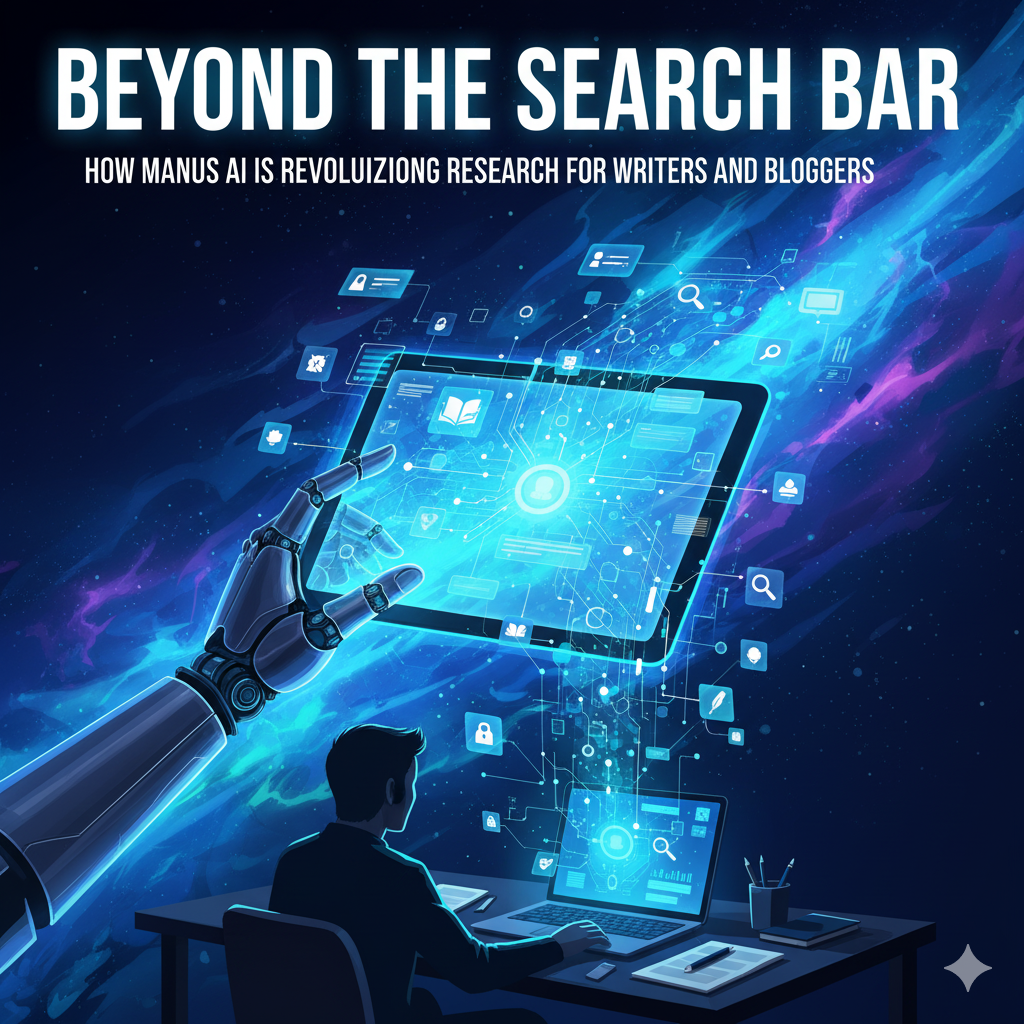Artificial intelligence has made incredible strides in recent years. OpenAI’s GPT-4 and GPT-5 models can write essays, summarize complex topics, and even mimic human reasoning in many scenarios. Yet, despite their impressive abilities, these models still face critical limitations—especially when it comes to searching the web and accurately citing sources, as well as understanding context and making inferences reliably.
1. Inability to Search the Web in Real-Time
One of the most significant limitations of GPT-4 and GPT-5 is that they cannot access the internet in real-time. Unlike a search engine, these AI models rely on pre-existing knowledge up to a certain cutoff date. This has several consequences:
Outdated Information: Users may receive outdated facts, statistics, or references without realizing it.Inability to Verify Sources: The model cannot check live sources for accuracy, so references may be fabricated or partially incorrect.
Limited Scope: For rapidly changing topics like stock prices, breaking news, or recent scientific research, GPT models cannot provide authoritative answers.While GPT can generate convincing-sounding citations, studies show that a significant portion of these references are either partially incorrect or completely fictional. For example, papers, URLs, or statistics may appear legitimate but do not exist in reality.
2. Context Understanding and Inference Challenges
GPT-4 and GPT-5 excel at pattern recognition and language modeling, which allows them to generate coherent text and even simulate reasoning. However, they still struggle with:
Complex Contexts: Maintaining long-term context across multiple turns in conversation can lead to contradictions or misinterpretations.
Implicit Knowledge: The models may miss nuances that a human expert would infer easily.
Ambiguity: When a prompt is vague or relies on subtle cues, the AI can provide plausible but inaccurate answers.In short, while these models are impressive at generating text that “sounds right,” they are not truly understanding meaning in the human sense—they are pattern-matching at scale.
3. Implications for Users
The limitations of GPT models have real-world consequences:Academic Research: Relying on AI for citations or sources can result in misleading or fabricated references, which could harm credibility.Business Decisions: Using GPT outputs for decision-making without verification can be risky, especially for finance, healthcare, or legal matters.Content Creation: Writers and marketers need to fact-check AI-generated content, as errors or outdated information can reduce trustworthiness.
4. Why GPT-4 and GPT-5 Are Still Useful
Despite these limitations, GPT models remain powerful tools:They excel at drafting, summarizing, and brainstorming ideas quickly.They can simulate reasoning and provide frameworks for analysis, even if some facts require verification.They are useful for language translation, tutoring, and creative writing, where source accuracy is less critical.The key is understanding that GPT is a highly advanced assistant, not a replacement for human research or critical thinking.
5. The Path Forward
The next evolution of AI will likely involve integration with live search engines and databases, improving real-time accuracy and source verification. Models that can combine contextual understanding with reliable data retrieval will be far more trustworthy for academic, professional, and personal use.Until then, users must approach AI-generated content with skepticism and careful fact-checking. The ability to reason and infer is powerful, but without accurate sourcing, even the most convincing AI output is potentially misleading.
GPT-4 and GPT-5 showcase the remarkable progress of AI in language understanding, but their inability to search the web in real-time and accurately cite sources remains their biggest flaw. Coupled with occasional challenges in maintaining context and making inferences, this limitation emphasizes the importance of human oversight. AI is a tool for augmentation, not a substitute for expertise and verification.
